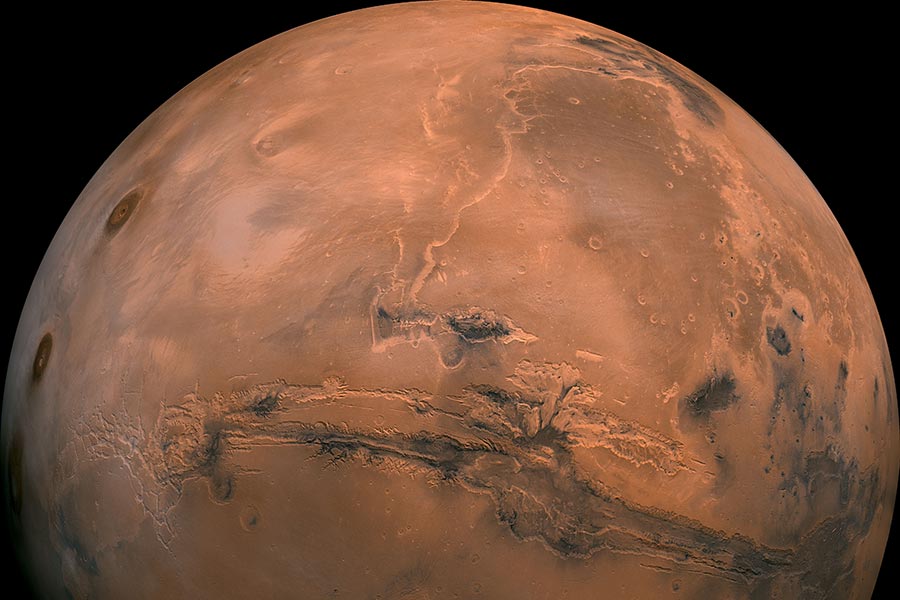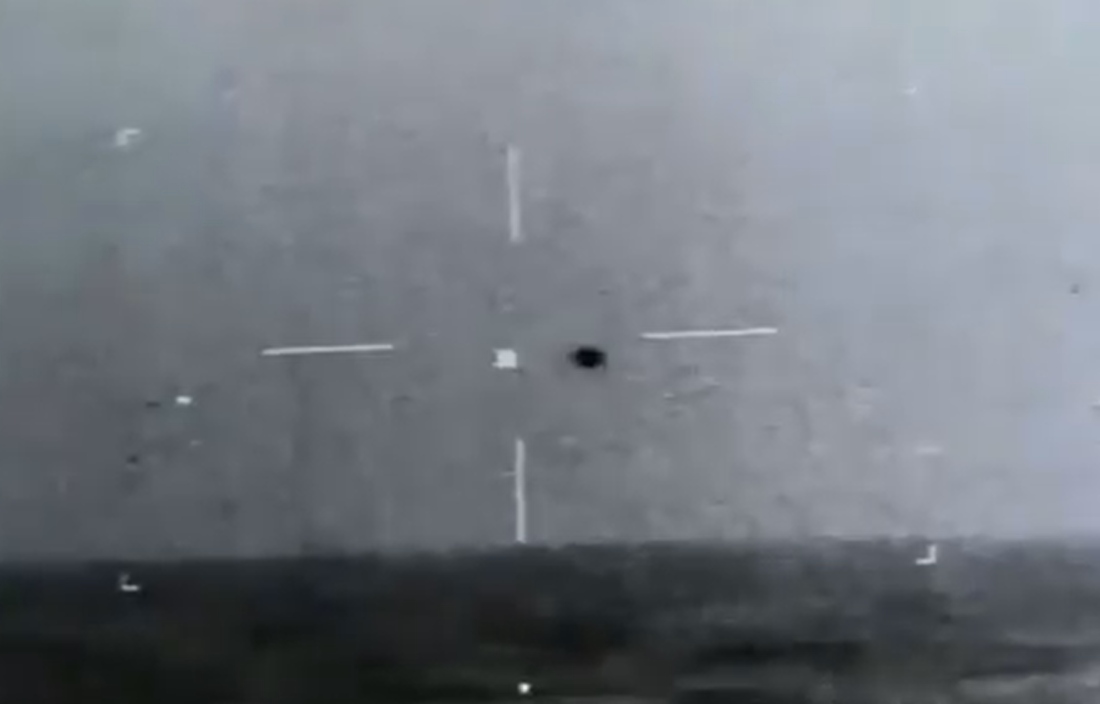
Advertisement
Analysis from NASA’s Mars Curiosity rover suggests the planet is covered in organic materials. Jennifer Eigenbrode, who is a biogeochemist and geologist working at NASA’s Goddard Space Flight Center in Maryland, said she was convinced that organics are “all over Mars.” Eigenbrode brought up the discussion last week at a National Academy of Sciences workshop about the search for life outside of Earth. She suggests that in addition to covering the red planet’s surface, the organics are also likely to be through the rock record.
On Tuesday, Scientists will present their additional findings from the rover’s mission. Curiosity landed on the Martian surface four years ago to explore sediments rising from a massive crater impact area. The primary goal of the Curiosity rover was to determine if the planet, which has the most similarities to Earth in our solar system, contained the chemical ingredients and suitable environments to support microbial life.
There is strong evidence that Mars was once inhabitable, and still might be today. Scientists are using the rover to learn more about what is, or what was alive at one point. They are searching for any preserved evidence of life. Organics were a key focus of the search, which has led to the discovery of a wide distribution of organic matter across the planet.
Scientists don’t yet know the source of the organics, or how they managed to survive in a harsh radioactive environment. The samples that were drilled out from Martian rocks by the Curiosity rover were chemically analyzed. They are either biological or geologic in origin, but their existence has implications in both discovering prior life forms, and supporting future life sustainability.

At the California Institute of Technology, geologist John Grotzinger was conducting related research and found multiple examples of primary igneous minerals being altered during Curiosity’s slow climb up Mount Sharp. Grotzinger believes the sedimentary basin is a chemical reactor, converting primary igneous minerals, under different circumstances, into different minerals. At the National Academy of Sciences workshop, Grotzinger said “We’re not sure what all this means, but it’s pretty exciting for habitability.”
Scientists have also progressed on locating potential rock types that could preserve evidence of past life. Grotzinger believes the most promising find was a silica-rich rock that is chemically similar to early rocks on Earth, which contained fossil cells. Silica has been the great mineral of the Earth, surviving everything. Silica has strong preservation capabilities — and is apparently being made on Mars.
The Curiosity rover, while climbing up Mount Sharp, also uncovered increasingly enriched concentrations of boron inside of rock fractures. Scientists will present new results from Curiosity’s mission at the American Geophysical Union conference, which is scheduled to take place this week in San Francisco.
Sources:
Submit a correction >>
This article may contain statements that reflect the opinion of the author
Advertisement
Advertisements















